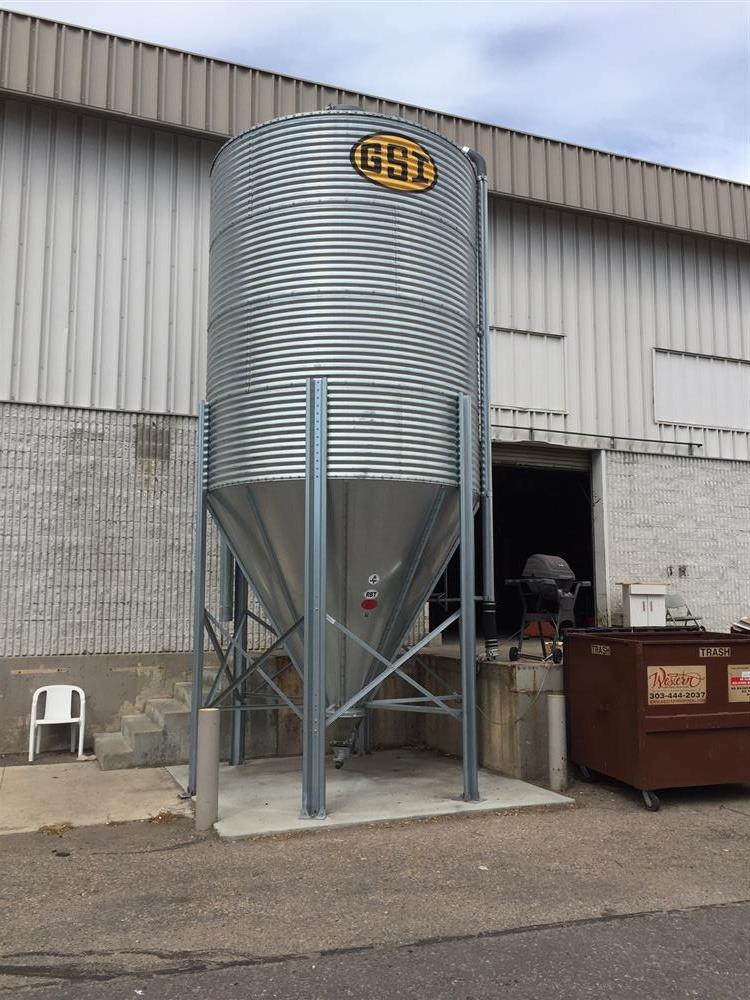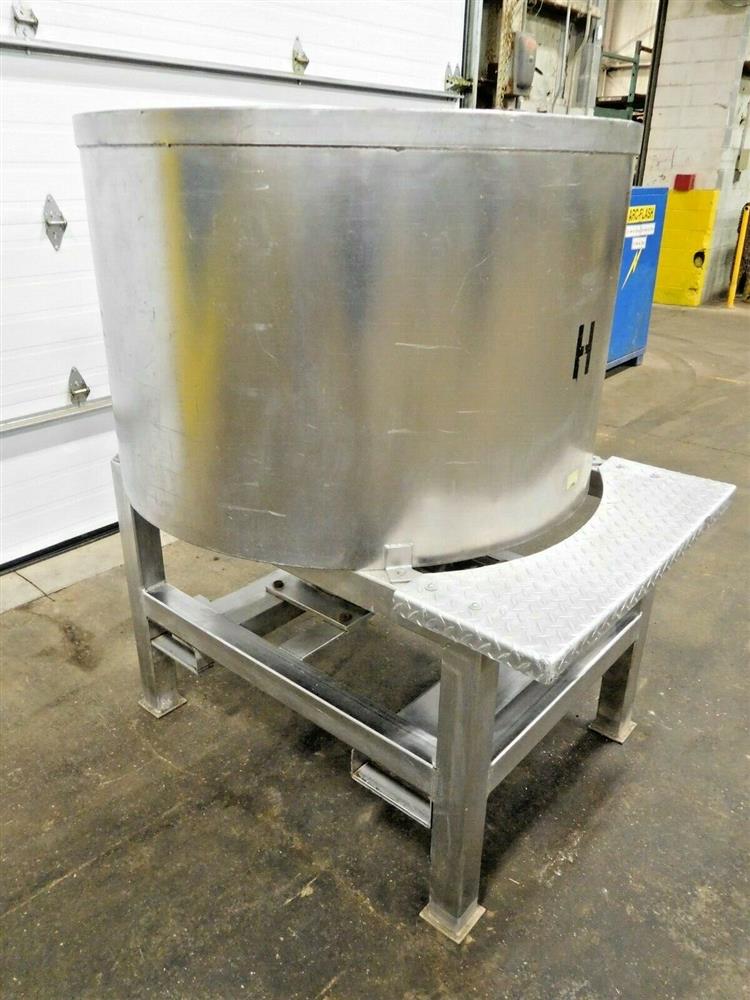Feeder Tank
Feeder tanks are essential equipment for many industries, from agriculture to aquaculture. These tanks provide efficient and effective ways to store and distribute feed to animals or plants. Whether you're a farmer looking to keep your livestock well-fed or a fish keeper seeking to automate your feeding routines, feeder tanks are an excellent solution.
Pain Points Related to Feeder Tanks
One of the main issues with traditional feeding methods is the time and effort required to distribute feed manually. Not only is it time-consuming but manual feeding can also lead to waste and overfeeding, causing environmental and economic concerns. Furthermore, hand-fed livestock can become overly aggressive when seeking food, causing potential harm to both the animal and the handler. Automated feeding systems using feeder tanks eliminate these problems, providing a safe and practical solution.
The Target of Feeder Tanks
The target of feeder tanks is to provide a consistent and reliable source of food for animals or plants. Automated systems ensure that feed is provided in the right quantity and at the right time, improving animal welfare, reducing feed waste, and enhancing productivity. This targeted approach helps in saving labor as well as reducing costs involved in manual feeding processes.
Main Points about Feeder Tanks
In summary, feeder tanks are essential equipment that offer many benefits, such as reduced labor, improved efficiency, enhanced productivity, and animal welfare. Whether you're looking to automate your feeding routine or want to ensure a reliable feed source, feeder tanks are an excellent solution. With the right equipment, automated feeding systems can lead to more successful and sustainable operations.
Feeder Tanks and Their Target
Feeder tanks consist of a storage tank and a distribution system designed to deliver feed to animals or plants. These tanks can be made from a variety of materials such as steel, polyethylene, and fiberglass, and can be customized to fit the specific needs of the user. The automated systems can also be tailored to meet the needs of a particular species or environment.
As a livestock farmer, I have seen firsthand the benefits of using an automated feeding system with a feeder tank. Not only does it minimize feed waste and enhance overall productivity, but I have also noticed improved animal welfare and reduced labor costs. Moreover, it ensures a reliable consumption of feed, which is a must for the successful production of livestock.

Feeder tanks can also be used in other industries such as aquaculture. For instance, an automated fish feeding system with a feeder tank can minimize overfeeding and ensure an optimal level of feed, leading to healthier and more productive fish populations.
Potential Applications of Feeder Tanks in Agriculture
In agriculture, feeder tanks can be used in a variety of ways, such as dairy farms with automated milking systems. Automated feeding systems can deliver fresh feed at precise times in the day, leading to healthier and more productive cows. Smart systems can also monitor the feed consumption of individual cows, providing valuable information for farmers to make informed decisions.
Feeder Tank Distribution Systems
Feeder tank distribution systems can be classified into two types: gravity and mechanical. Gravity systems are simple and cost-effective, relying on the force of gravity to distribute feed. Mechanical systems, on the other hand, are more advanced, utilizing powered conveyors, augers, or pumps to distribute feed more precisely and efficiently.
Choosing the Right Feeder Tank for Your Requirements
Choosing the right feeder tank for your needs depends on several factors such as the type and size of your herd, the size of your operation, the type of feed you use, and your budget. Consulting with a reputable supplier is a crucial step in making the right decision and ensuring a successful feeding system.
Question and Answer Section
Q: What is the most common material used to make feeder tanks?
A: Polyethylene is the most common material used due to its durability, non-corrosiveness and resistance to chemicals.
Q: What is the main advantage of using a mechanical distribution system in a feeder tank?
A: Mechanical systems can distribute feed more precisely and efficiently, leading to less waste and a higher degree of accuracy when providing feed.
Q: How can feeder tanks benefit the aquaculture industry?
A: Automated fish feeding systems with feeder tanks can minimize overfeeding and ensure optimal feed quantities, leading to healthier and more productive fish populations.
Q: Can a feeder tank be customized to fit specific needs?
A: Yes, feeder tanks can be customized to fit specific needs and come in a variety of sizes, materials, and distribution systems.
Conclusion of Feeder Tank
Feeder tanks are an essential tool for many industries to provide an efficient and effective solution for storing and distributing feed. They eliminate the problems associated with manual feeding, including time, labor costs, and potential harm to both the animal and handler. Automated feeding systems with feeder tanks offer many benefits such as improved productivity, reduced costs, and enhanced animal welfare. Given the right equipment, these systems can lead to more successful and sustainable operations.
Gallery
Aquarium Automatic Fish Food Feeder Automatic Fish Tank Timer Feeder

Photo Credit by: bing.com / aquarium peces feeding comer pecera
180 GALLON ACE ROTO-MOLD LIQUID FEEDER TANK - Liquid Feeder Tanks

Photo Credit by: bing.com / liquid feeder tanks gallon tank above double click
Bulk Feed Tanks – SCAFCO Grain Systems
Photo Credit by: bing.com / tanks hopper
GSI Bulk Feed Tank - 32,000 - 278335 For Sale Used

Photo Credit by: bing.com / tank feed gsi bulk lbs capacity
200 Gallon Mixing Feeder Tank - Stainless Steel | 381804

Photo Credit by: bing.com / feeder
